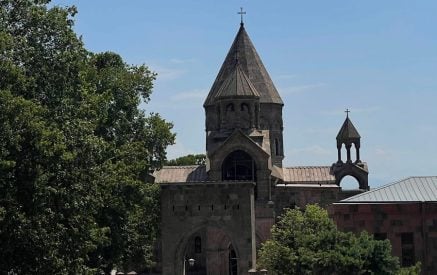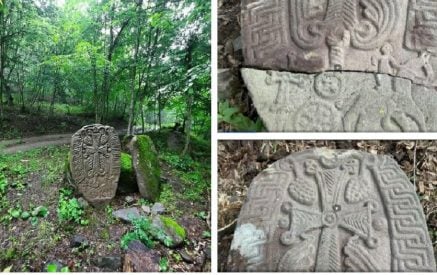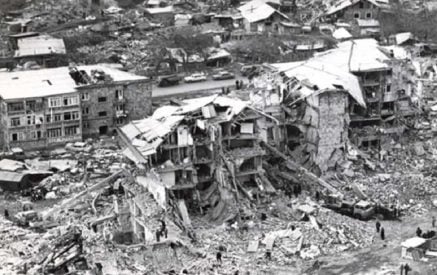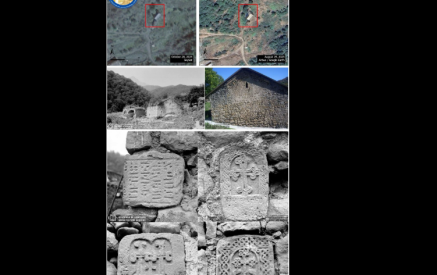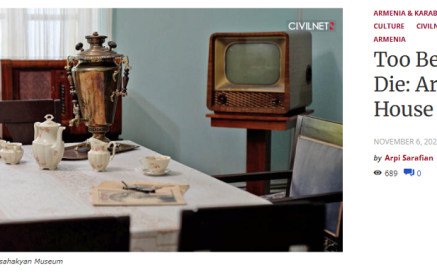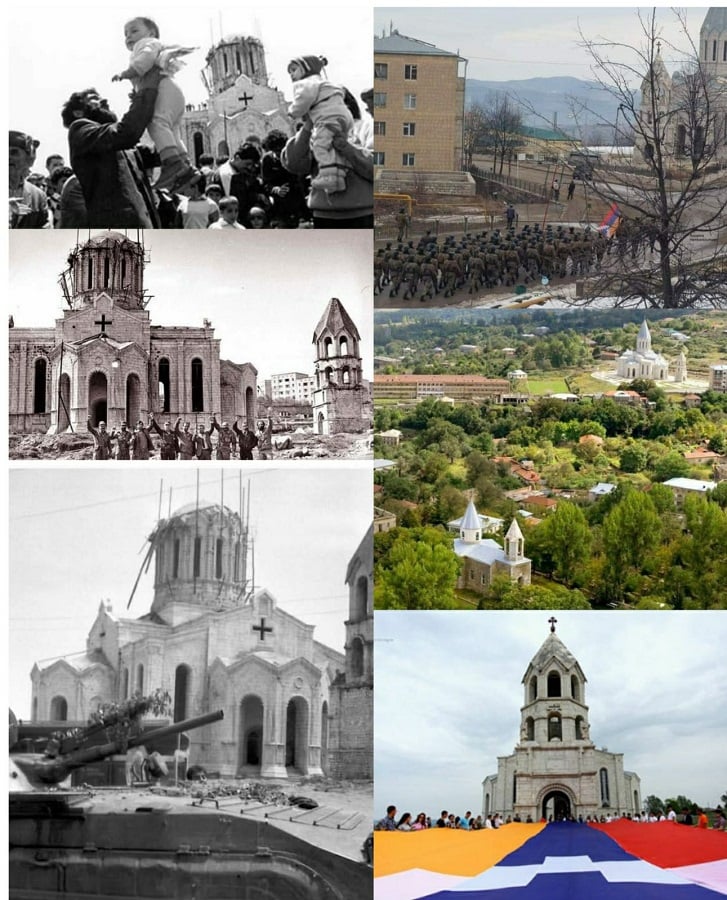OINT STATEMENT BY THE RESEARCH GROUP OF THE INSTITUTE OF HISTORY OF THE NATIONAL ACADEMY OF SCIENCES OF THE REPUBLIC OF ARMENIA ON THE HISTORICAL AND CULTURAL HERITAGE OF ARTSAKH AND CONTEMPORARY POLITICAL DEVELOPMENTS, AND THE OFFICE OF THE OMBUDSMAN FOR THE CULTURAL HERITAGE OF THE ARMENIAN HIGHLAND
Shushi, as one of the most important historical, cultural, and civilizational centers of Artsakh and the South Caucasus as a whole, has been inhabited since ancient times. Throughout its history, Shushi became a key center for the formation of the national, spiritual, and cultural identity of the Armenian people. Its geographic location on elevated terrain contributed not only to its military importance but also to its emergence as a cultural and educational hub.
Shushi as a Fortress City and a Component of Armenian Statehood
Since the early Middle Ages, Shushi played a significant role in ensuring the security of Armenian state formations within the territory of Greater Armenia. In the late Middle Ages, it became a center of the Armenian National Liberation Movement.
Cultural Center
Read also
By the late 19th century, Shushi had become one of the major cultural centers of the South Caucasus. The city hosted theaters and printing houses, published newspapers and books, and fostered a unique stream of Armenian culture that blended folk and classical art.
Educational Center
Numerous Armenian schools, gymnasiums, and educational institutions were established in Shushi, contributing to the development of the Armenian intelligentsia.
Spiritual Center
The Cathedral of the Holy Savior (Ghazanchetsots) became one of the spiritual symbols of Artsakh and the Armenian community throughout the Caucasus. Additionally, many churches in Shushi represent valuable cultural monuments.
Political and Civic Center
Shushi was also a center of Armenian political and civic life, a place where new social trends and national movements emerged.
Economic Development
In the 19th century, Shushi was known for its well-developed craftsmanship, trade, and industry, playing a vital role in the region’s economy with its markets and enterprises.
Shushi was a symbol of Armenian identity, education, and culture in Artsakh and the Caucasus, and it held universal value as an integral component of world culture and civilization.
Systematic Destruction and Appropriation of Armenian Cultural Heritage in Shushi by Azerbaijan
Following the escalation of the Artsakh conflict, particularly after the 2020 war, Azerbaijani authorities have pursued a policy of systematic destruction and appropriation of Armenian historical and cultural heritage in Shushi. This policy includes the following aspects:
• Physical Destruction and Damage: Armenian churches and monuments in Shushi have been damaged and destroyed. Notably, in October 2020, the Cathedral of the Holy Savior (Surb Amenaprkich) was shelled, causing severe damage to its architectural integrity.
• Cultural Appropriation: Armenian heritage is being falsely presented as “Caucasian Albanian” or “Azerbaijani Christian” culture in an effort to erase Armenian identity. This process is often carried out under the guise of restoration, during which Armenian elements are replaced with “Azerbaijani” features.
• Historical Revisionism: The Armenian history of Shushi is being distorted; Armenian toponyms are replaced with Azerbaijani ones, and information about Armenian culture is excluded from official sources.
• Transformation of the Urban Environment: Armenian-style buildings are being demolished and replaced with Azerbaijani or Islamic architectural elements, with the aim of altering the city’s historical appearance.
• Disinformation and Propaganda: Shushi is presented on international platforms as the “capital of Azerbaijani culture,” and events and festivals are organized that deliberately omit any reference to its Armenian identity.
These actions correspond to the definitions of cultural genocide and constitute serious violations of international law, particularly the 1954 Hague Convention for the Protection of Cultural Property in the Event of Armed Conflict, as well as several UNESCO resolutions.
Therefore, Shushi is an inseparable part of the civilizational heritage of the Armenian people, and its contribution to global cultural development must not be underestimated. The systematic actions by Azerbaijan to destroy and appropriate this heritage pose a threat not only to Armenian culture but also to the cultural heritage of all humanity.
We, the undersigned, call on the international community to:
• Take active measures to preserve, document, and restore the Armenian cultural heritage of Shushi;
• Demand that Azerbaijan cease its policy of cultural genocide both in Shushi and throughout Artsakh;
• Establish appropriate legal and political accountability for Azerbaijan in accordance with international law.


